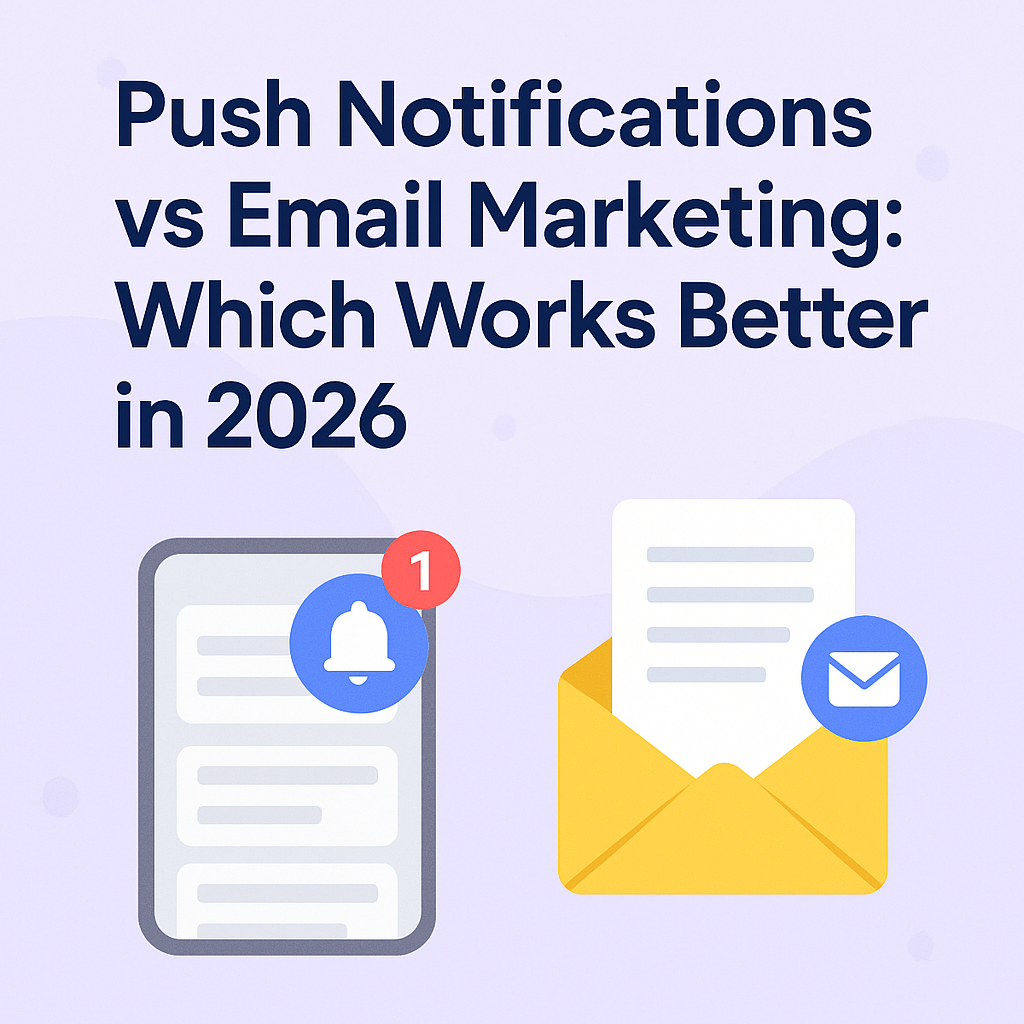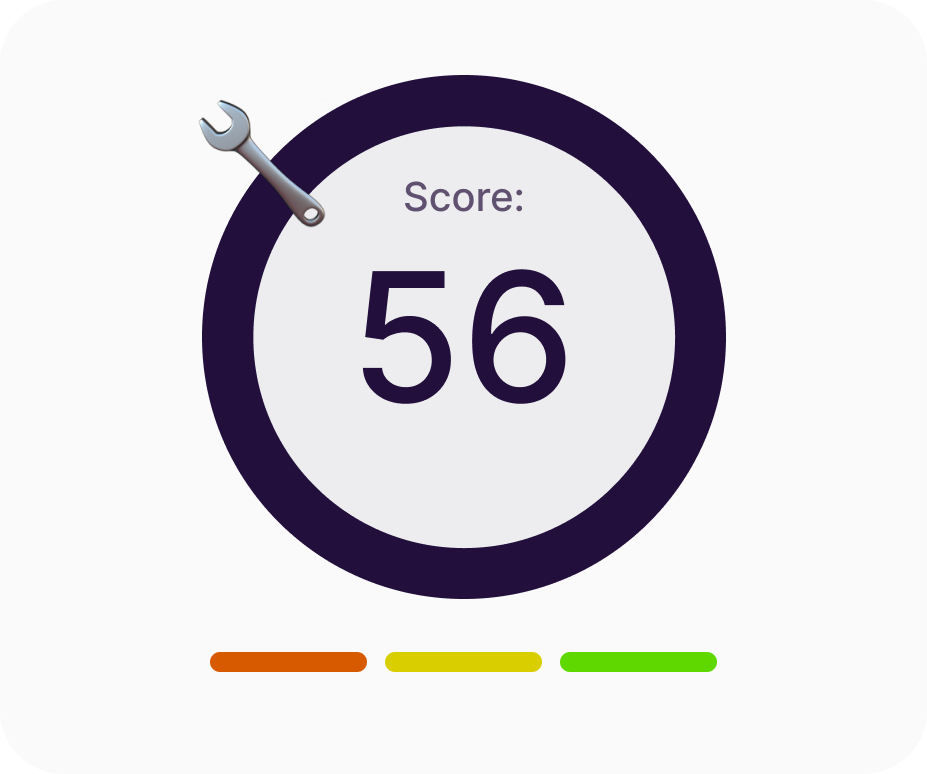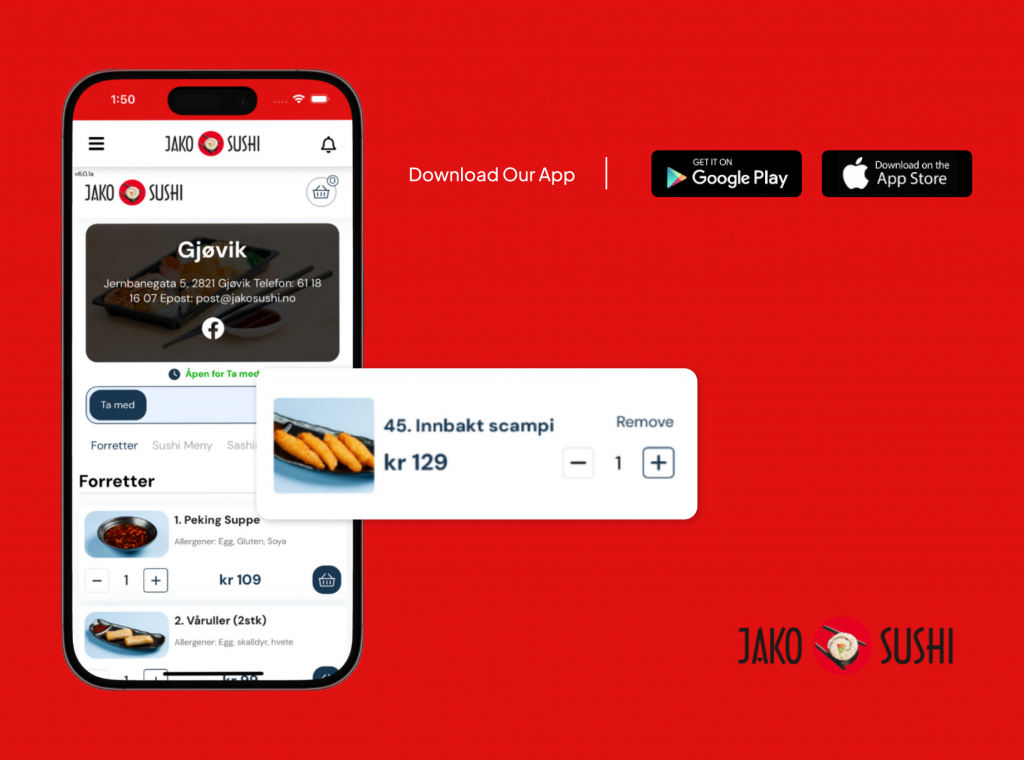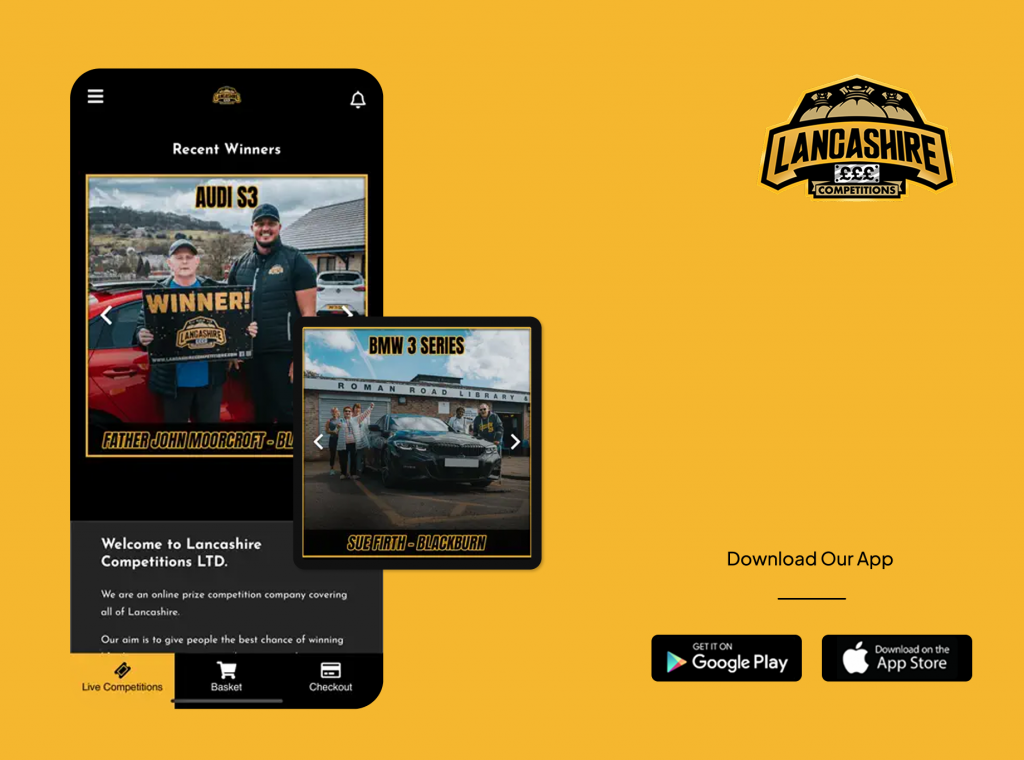
Email marketing has long been the backbone of digital outreach—newsletters, drip campaigns, abandoned cart emails. But as mobile usage surges and app-based behaviors dominate, many brands are asking: is push notifications vs email marketing a false choice? In other words: which channel works better in 2026?
With the rise of mobile apps, the case for push notifications is stronger than ever. Yet the average marketer still under-utilizes their power. In this article we’ll explore:
Current statistics comparing push vs email
Why mobile apps enable push notifications to outperform email
Best practices for both channels
How brands can convert website to app and use push as a key growth lever
Real case studies (including from our clients using ShopApper)
Final recommendations for 2026 and beyond
Email remains a strong channel—but its performance is plateauing in certain metrics:
Typical email open rates across industries hover around 20-25%, click-through rates between 2-4%.
With inbox overload and stricter spam filters, engagement is harder to drive.
Many consumers now use mobile devices for reading email—but still treat app notifications as more immediate and personal.
According to one study, the number of daily promotional emails per user exceeded 100 in some markets, creating fatigue.
Emails are still useful for long-form content, onboarding flows, and deep engagement—but when it comes to quick re-engagement and immediate action, they face challenges.
Push notifications delivered through mobile apps have emerged as a powerful complement—or even alternative—to email marketing. Here are some of the reasons:
A mobile app lives on the home screen. When a user installs your app, you gain direct access to their device.
Push notifications appear as alerts on lock screen or banner—higher visibility than an email arriving in a crowded inbox.
Apps enable richer, more contextual notifications: location-based, behavior-triggered, personalized in real time.
Because the app is already installed, you can reach users instantly without needing them to open a mail client.
In 2026, as mobile commerce continues to dominate, push becomes a natural channel for re-engagement, re-purchase, loyalty and conversions.
Recent statistics underline this shift:
Studies suggest push notification open rates are as high as 90% (depending on industry and region), significantly higher than email open rates.
Click-through rates for push notifications are often 2-10× higher than email.
Mobile users who receive timely push notifications are more likely to convert through the app vs visiting the website.
In short: when push notifications are implemented from a mobile app, they unlock a level of immediacy and engagement email simply cannot match.
To compare these channels clearly, let’s look at a table with key attributes:
| Attribute | Email Marketing | Push Notifications via Mobile App |
|---|---|---|
| Delivery & Visibility | Arrives in inbox; may sit unseen among many other emails | Appears on lock screen or banner; highly visible |
| Engagement Speed | Requires user to open email, click link, navigate to site/app | One tap can take user directly to content or feature inside the app |
| Personalization & Context | Good capability (segmenting, dynamic content) but less real-time | High capability: behavior triggers, location, app state, segmentation |
| Conversion Path | Email → website/app → purchase | App notification → deep-linked screen → purchase |
| Opt-in Friction | Users already subscribe; but may ignore or fold emails | User must install app and allow notifications, which signals higher intent |
| Cost / Maintenance | Established infrastructure; fairly low cost | Requires mobile app development/maintenance; but high ROI potential |
| Best Use Cases | Newsletters, content marketing, onboarding, long-form communication | Flash sales, re-engagement, abandoned carts, location-based offers, loyalty |
| Measurable Impact | Opens, clicks, conversions; but harder to tie to real-time usage | Metrics inside app: installs, opens, sessions, conversion events |
From this comparison, it becomes clear why many modern brands are shifting focus: if you have a mobile app, push notifications become a far more direct, measurable, high-impact channel than email alone.
If push notifications are going to outperform email, you need a robust foundation: a mobile app. This means having built (or converting) your website to app, and designing the app with conversion and engagement in mind.
Here’s why mobile app development is critical in the push vs email equation:
Install base: Without an app install, you cannot deliver native push notifications. So conversion of website visitors to app users is prerequisite.
Deep linking: A well-built app supports deep links—push notification taps take users to a relevant screen (e.g., “Your cart is waiting”) rather than the home screen.
Personalization logic: App development enables tracking of user behaviour inside the app—what they browsed, added to cart, time since last visit, etc. Push campaigns can then trigger accordingly.
Retention hooks: The app becomes part of customer’s daily habits; push reinforces that loop. Email lacks that habitual context.
Analytics & optimisation: App metrics (session length, churn, conversion) allow you to optimise push vs email strategies and see real-time ROI.
ShopApper helps brands build conversion-optimized mobile apps (or convert their website to app) that unlock the full value of push notifications. When you use an app architecture geared for retention and sales, push becomes not a side channel, but a core growth driver.
To get the most out of push and email, you need best practices for both—and know when each channel is the right tool.
Obtain permission thoughtfully: Ask at the right moment (after value has been shown) to maximise opt-in.
Segment and personalize: Use user behaviour, app usage, location, time-of-day to tailor messages.
Deep-link to relevant content: E.g., abandoned cart, new product arrival, loyalty reward waiting.
Use urgency or exclusivity: “Limited time in app only” makes push feel special.
Limit frequency: Too many push messages cause app uninstalls. The sweet spot for many brands is ~2-4 messages/week for regular users.
Test and refine: A/B test notification text, timing, tone, CTA. Measure conversions not just opens.
Combine with in-app context: Use push to bring users back to the app — where they can instantly act.
Respect local norms and time zones: Especially for global audiences.
Use email for deeper content & nurture flows: News, tips, onboarding, relationship building.
Maintain strong design for mobile: Many emails are opened on phones—so mobile-friendly layout matters.
Use predictive timing: Send at times when the subscriber is most likely active.
Integrate with push/app data: If you have an app, email and push should work together—e.g., email a week after a user stops using the app.
Clear CTA and funnel: Email must direct to meaningful action; if that action finishes in the app it’s best to deep-link there.
When you don’t yet have an app install base—email works across devices.
For long-form content, storytelling and education (vs quick action).
When users prefer email as the main channel of communication (eg B2B, enterprise software).
When legal/regulatory constraints make push harder (e.g., healthcare).
Answer a few quick questions and get a custom report on your app potential, missed opportunities, and where to level up.

Here are some of the latest data points and emerging trends to support the push-vs-email debate:
According to recent industry reports, brands using push notifications see average open rates of 60-90% whereas many email campaigns still sit in the 20-30% range.
Click-through rates (CTR) for push can be 3–10× higher than email, especially when personalised and deep-linked.
Mobile eCommerce apps that incorporate push notifications see 20-25% higher repeat purchase rates compared to those relying on email alone.
The number of monthly active mobile app users continues to rise globally, with projections showing mobile commerce accounting for over 75% of all online retail by 2026.
Over 60% of marketers plan to increase investment in mobile app marketing and push campaigns over the next 12 months, while only 35% plan significant increases in email marketing spend.
A survey of consumers found that 70% say they prefer an app’s push notification for timely offers vs an email, and 65% say they’re more likely to act instantly on a push than an email.
Behavioural triggers (e.g., abandoned cart, location entry, payment failure) via push are becoming standard, while email-based triggers still play second fiddle.
Data shows that user churn rates are lower for brands that heavily utilise app-based push notifications and in-app engagement tactics.
These statistics make one thing clear: in a mobile-first world, an app with push notifications is no longer a “nice to have” — it’s a competitive advantage.
Here are real-world examples (using our ShopApper clients) to show how push notifications via mobile apps out-perform email.
Jako Sushi launched their mobile app with integrated push notifications for reorders, lunch specials, loyalty-style reminders, and new menu launches.
Instead of an email blast, they used a push campaign: “It’s 11:45 am — your usual drink is waiting for you. Order now.”
Result: 32% of all orders were from the app; repeat purchase rate increased; ROI hit 1220%.
Email campaigns ran in parallel but did not match the immediacy, open rate or conversion rate of push.

Lancashire used their ShopApper-powered app to send event notifications, draw deadlines, prize alerts and entry reminders via push.
Push: “Last chance to enter tonight’s draw — tap to open the app.”
Email: “Reminder: enter tonight’s draw” (sent at same time)
Outcome: push-driven entries were 3-4× higher than email-driven entries. App orders reached 27% of monthly total.

Lost Soles sells limited-edition streetwear and uses their app’s push system to notify users of new drops.
Push: “New drop in 1 hour – open app to access.”
Email: Newsletter with “Coming soon” link.
Result: The push-driven drop sold out faster; mobile conversion rate improved by 300%. Email alone couldn’t replicate that urgency and immediate action.
These case studies reinforce the argument: when you have a mobile app, push notifications are far more effective than email for driving timely engagement and conversion.

Here’s a step-by-step approach to shift your marketing mix toward push + email for 2026:
If you haven’t already, convert your website to app or build a new mobile app. Without sufficient installs, push campaigns won’t scale. At ShopApper, we help brands transition quickly and integrate push-out-of-the-box.
Map out your customer lifecycle: first visit → install → first purchase → repeat purchase. Then identify where push or email can intervene.
Example: Abandoned cart → push within 30 min.
Example: First purchase → email next day with tutorial + app feature invitation.
Use app behaviour data (pages viewed, time spent, items added to cart, last purchase date) to trigger push messages. Email can support but should not be the sole channel.
For immediate action/urgency → use push.
For education/content/longer narrative → use email.
Push: “Your 20% coupon expires in 2 hrs — open app.”
Email: “How to style your purchase + loyalty benefits inside our app.”
Use push and email together: Send a push first, followed by email if they don’t act. Or email first to prep, then push to prompt.
Track: app installs, session length, push opt-in rate, push open rate, push CTA conversion rate, repeat purchase rate for push vs email cohorts.
Also compare cost per acquisition (CPA) and cost per repeat purchase for each channel.
A/B test message timing, content, CTA.
Monitor uninstall or opt-out rates for push.
Monitor inbox decline or email fatigue.
Adapt frequency and tone based on user behaviour.
Even if push becomes dominant, email remains valuable. Keep your permission-based list healthy, use it for transactional messages, long-form communication, loyalty story building.
In the great debate of push notifications vs email marketing, the answer in 2026 is clear:
If you have a mobile app with a meaningful install base, push notifications are far more effective than email for driving quick re-engagement, conversions, repeat purchases and mobile-native behaviours.
Email still plays an important role—especially for deeper content, customer education and brand communication—but it’s no longer sufficient on its own.
For brands aiming to increase mobile conversion rate, increase mobile conversions, and build strong app-based loyalty, the path is:
Convert website to app (or build one)
Build a strong push-notification strategy that complements email
Leverage mobile app marketing best practices
Use data from your app behaviour to segment, personalize and optimize
Measure, test, refine—because push and email should work together, not compete
ShopApper helps brands make this shift by delivering conversion-oriented mobile apps, ready for push notifications and campaign automation. Whether you’re just starting with mobile or upgrading your strategy, we can help you launch quickly and grow smart.
🪄 Book a real demo, not a presentation → See how your site can become a fully functional mobile app, push-enabled and marketing-ready.
Take the first step toward an app for your online store. Schedule your free call and see how easy it is to get started with a full-service solution like ShopApper.

Features
Start By Industry



I’m Ece, your Account Manager. I’m eager to learn about your business and assist you in achieving your goals.
Please share some info about your business so I can be fully prepared to answer your queries. I’ll reply within 15-20 minutes. Thanks! ![]()